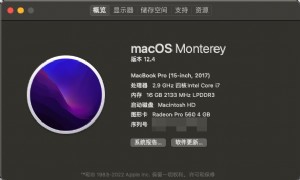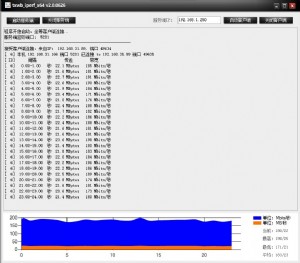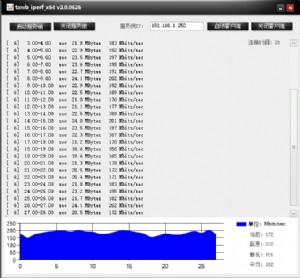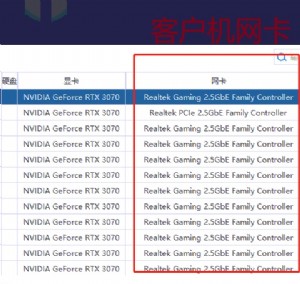教你将路由器设置为可选择性数据包丢弃
Full Duplex, 1000Mbps, link type is force-up, media type is LX
output flow-control is unsupported, input flow-control is unsupported
ARP type: ARPA, ARP Timeout 04:00:00
Last input 00:00:00, output 00:00:03, output hang never
Last clearing of "show interface" counters never
Queueing strategy: fifo
Output queue 0/40, 0 drops; input queue 0/75, 25 drops //[就在这里]
30 second input rate 613917000 bits/sec, 122041 packets/sec
30 second output rate 517166000 bits/sec, 123695 packets/sec
77400124545 packets input, 44369025705444 bytes, 0 no buffer
Received 5898 broadcasts, 0 runts, 0 giants, 0 throttles
647964 input errors, 0 CRC, 0 frame, 485923 overrun, 162041 ignored
0 watchdog, 0 multicast, 0 pause input
69912443364 packets output, 41951561990047 bytes, 0 underruns
Transmitted 1 broadcasts
0 output errors, 0 collisions, 0 interface resets
0 babbles, 0 late collision, 0 deferred
0 lost carrier, 0 no carrier, 0 pause output
0 output buffer failures, 0 output buffers swapped out
如果需要修改这个queue的长度,可通过以下命令修改
O-HPM-GSR-1(config-if)#hold-queue ?
<0-4096> Queue length
O-HPM-GSR-1(config-if)#hold-queue 100 ?
in Input queue
out Output queue
O-HPM-GSR-1(config-if)#hold-queue 100 in
O-HPM-GSR-1(config-if)#hold-queue 100 in ?
O-HPM-GSR-1(config-if)#hold-queue 100 in
=== headroom ===
如果开启了SPD,那么priority为7和6的数据包会进入process level input queue(这个queue的名字叫headroom),而其他的数据包仍然会放在interface input queue里。process level input queue的大小默认为100.也就是说当interface总的queue长度175被用满后,priority是7和6的数据包就会被丢弃了。对于 GSR来说,这个process level input queue的长度默认是1000,这是由于clear ip bgp时会有很多packet进来,如果还是100的话,很多bgp包会被丢弃,这样就会影响网络收敛的速度。
=== extended headroom ===
由于ospf、isis、ppp、clns这类igp和2层链路间的keepalive的priority和bgp一样,如果在一个很大的bgp网络中, bgp的packet会比igp的多的多,那么他会大量的占据headroom,这就有可能导致igp的中断、或者直接在layer 2链路down掉。因此对于这样的数据包,默认再分配一个值为10的extended headroom,来保证igp和layer2 link的正常工作。
O-HPM-GSR-1#sho ip spd
Current mode: normal.
Queue min/max thresholds: 73/74, Headroom: 1000, Extended Headroom: 10
IP normal queue: 0, priority queue: 0.
SPD special drop mode: none


本文来源:赛迪网 作者:佚名


 天下网吧·网吧天下
天下网吧·网吧天下








